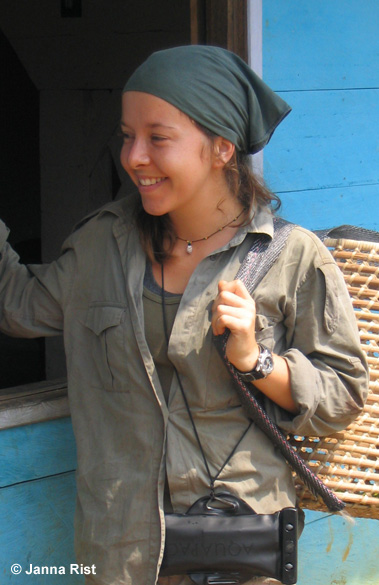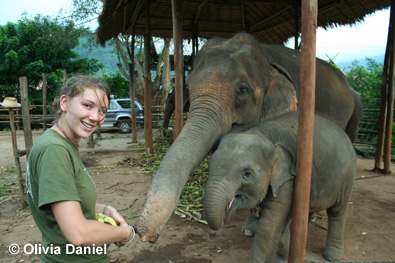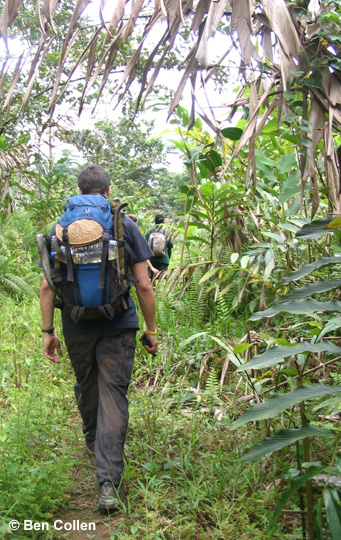Today we travel out to Sapo National Park to begin our pygmy hippo monitoring programme. All the camera traps arrived last week thanks to Rich (at www.trailcampro.com) who got them over from the US at very short notice, and we are just organising the final supplies we need. There will be three of us going out from the UK to meet up with the team in Liberia:
Janna (who has recently completed her PhD at ZSL on wildlife monitoring and the bushmeat trade in Equatorial Guinea)
Olivia (a volunteer whose previous experience is in the Thai forests)
And me, thanks to a grant from the PTES (Https://www.ptes.org.uk/), which has allowed us to get all the equipment we need.
We will be travelling out to Sapo National Park to meet up with John Konie, our EDGE Fellow, Robert Howard from FFI and the rest of the Liberia FDA park staff.
We will be out in Sapo for 5 weeks, setting up a grid of camera traps, developing the monitoring programme with John and Robert, and providing training in camera trap monitoring techniques to park staff. We hope that the camera trap scheme will augment the data provided by the permanent transects, and will provide unique information, particularly on the shy and cryptic species of the park, which traditional survey techniques find hard to capture. Of course, we are aiming to get good abundance estimates and distributional information on pygmy hippos – our primary aim – but also, by using camera traps we will be able to gather data on many more species, providing more detailed information to inform park management. Our second aim is to put in place a programme of work with John, which will be carried out over the following year, and will continue to deliver the much needed biological information needed on this cryptic forest species. By helping to train John and the park staff in this new and developing monitoring technique, this expertise will stay in country, where it is most needed. This should culminate in robust information on species within the national park, and a conservation action plan for the pygmy hippo.
I think everything is in place now for a successful trip, but you never know with field work; there are always some unknowns. Wish us luck, and keep an eye on the blog for our updates. Hopefully we’ll have some good news to bring you soon.


